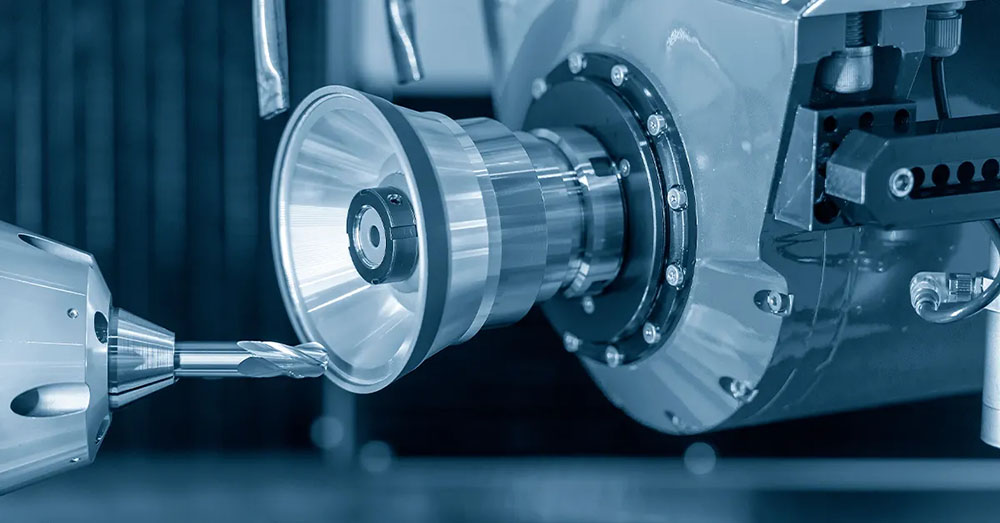Welcome to the Maple CNC blog! As a leading eCommerce shop for CNC parts, we understand that precision and efficiency are paramount in woodworking. One of the most critical factors in achieving optimal results when machining hardwood is selecting the correct RPM (Revolutions Per Minute) for your CNC router or milling machine. In this guide, we’ll explore the ideal RPM settings for machining hardwood, the factors that influence these settings, and tips for achieving the best results.
Understanding RPM in CNC Machining
RPM stands for Revolutions Per Minute and refers to the number of complete revolutions a cutting tool makes in one minute. In CNC machining, the RPM setting is crucial as it directly affects the cutting speed, tool wear, and overall finish of the machined part. When working with hardwood, finding the right RPM can help you achieve clean cuts, reduce chipping, and prolong tool life.
Ideal RPM Settings for Machining Hardwood
When machining hardwood, the recommended RPM typically ranges from 10,000 to 18,000 RPM. However, the exact RPM you should use depends on several factors:
1. Type of Hardwood
Different species of hardwood have varying densities and hardness levels. For example:
• Oak: 12,000 – 15,000 RPM
• Maple: 10,000 – 14,000 RPM
• Cherry: 10,000 – 15,000 RPM
• Walnut: 10,000 – 14,000 RPM
2. Type of Cutting Tool
The type of cutting tool you use also plays a significant role in determining the ideal RPM. For instance:
• Spiral Bits: These are designed for high-speed operations and generally perform well at higher RPMs (up to 18,000).
• Straight Bits: These may require lower RPMs (around 10,000 – 12,000) to prevent burning and ensure a smooth finish.
3. Feed Rate
The feed rate (the speed at which the material is fed into the cutting tool) should be balanced with the RPM. A faster feed rate may require a lower RPM to avoid tool damage and ensure a clean cut. Conversely, a slower feed rate may allow for higher RPMs without compromising quality.
4. Depth of Cut
The depth of cut also impacts the required RPM. A deeper cut usually necessitates lower RPMs to prevent overheating and excessive wear on the tool.
Tips for Achieving Optimal Results
1. Start with Manufacturer Recommendations: Always refer to your cutting tool manufacturer’s guidelines for optimal RPM settings.
2. Test Cuts: Conduct test cuts on scrap pieces of hardwood to fine-tune your settings before working on your final project.
3. Monitor Tool Wear: Keep an eye on your cutting tools. Signs of wear or burning can indicate that adjustments to your RPM or feed rate are necessary.
4. Use Quality Tools: Invest in high-quality CNC tools designed specifically for hardwood machining. This can significantly enhance performance and results.
5. Maintain Your CNC Machine: Regular maintenance ensures that your machine operates efficiently and can handle the demands of machining hardwood.
Conclusion
Selecting the right RPM for machining hardwood is essential for achieving high-quality results in your woodworking projects. By considering factors such as the type of hardwood, cutting tool, feed rate, and depth of cut, you can optimize your CNC machining process. At Maple CNC, we provide a wide range of CNC parts and accessories to help you achieve precision and efficiency in every project.
For more tips and insights on CNC machining, stay tuned to our blog or visit our eCommerce shop at Maple CNC. Happy machining!

